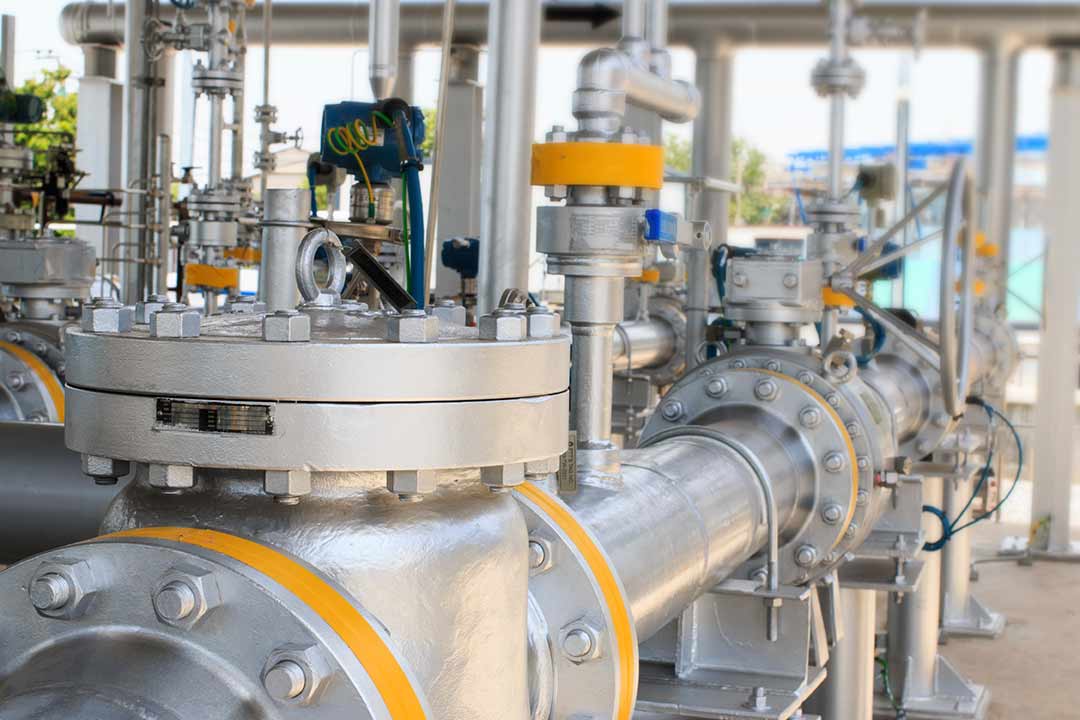Gaskets play a vital role in a wide range of engineering applications, providing a reliable seal between two surfaces to prevent leaks, maintain pressure, and protect against external contaminants. They are critical in numerous scenarios, such as sealing the joint between pipes in an oil pipeline installation or maintaining secure seals in chemical processing plants. Depending on the specific application, gaskets can be made from various materials, including plastic, rubber, fiberglass, and Teflon™. These materials are chosen based on their ability to deform and fill gaps effectively, ensuring the integrity of the seal.
However, certain applications require specialized gaskets that can withstand extremely harsh conditions, such as exposure to hydrogen fluoride (HF). Used extensively in metal manufacturing, semiconductor production, petroleum refining, and glass etching, hydrogen fluoride is known for its highly reactive and corrosive nature, making the selection of the right gasket material critical to safety and performance.
The Challenge of Hydrogen Fluoride Resistance
Hydrogen fluoride is a powerful chemical agent that poses significant risks in industrial settings. Its reactivity makes it difficult to contain and seal, as it can easily corrode many common materials. Both the cation and anion components of hydrogen fluoride are highly active, contributing to its reactivity and corrosiveness. This poses a serious challenge for sealing materials, which must provide reliable, leak-free performance under extreme conditions. Moreover, exposure to even trace amounts of HF can cause severe health issues, from respiratory distress to renal failure, emphasizing the need for stringent safety measures.
Given these hazards, the Environmental Protection Agency (EPA) mandates the immediate reporting of any leaks involving HF, underscoring the importance of reliable sealing solutions. Even minor leaks can lead to significant operational disruptions, including plant shutdowns, costly downtime, increased labor needs, and potential environmental damage.
Why Durlon® 9400 Gaskets Are Ideal for HF Applications
To meet the unique challenges posed by hydrogen fluoride, Gasket Resources Inc. (GRI) offers the Durlon® 9400, a carbon-filled PTFE (Teflon™) gasket designed to provide optimal sealing in HF environments. The Hydrogen Fluoride Industry Practices Institute (HFIPI) has listed PTFE as a safe and effective material for HF applications due to its excellent chemical resistance. However, standard PTFE has limitations, such as its white color, which can make it difficult to identify in certain settings.
Durlon® 9400 overcomes these limitations with its carbon-filled composition, enhancing both visibility and safety. This gasket offers superior sealing properties, making it highly durable, flexible, and resistant to the harshest HF exposures. Additionally, it provides excellent non-sticking and cutting characteristics, ensuring easy integration into various processes across industries such as pharmaceuticals, food processing, petrochemical plants, and more.
Benefits of Durlon® 9400
- High Durability and Chemical Resistance: The carbon-filled PTFE composition resists the aggressive nature of hydrogen fluoride, ensuring a reliable seal and reducing the risk of leaks.
- Improved Visibility and Safety: The carbon filling provides a darker color, enhancing the visibility of the gasket and facilitating easier inspections and maintenance.
- Flexibility and Easy Handling: Durlon® 9400 is designed for easy use and can be cut to various shapes and sizes, making it adaptable to multiple applications.
- Cost-Effective Solution: By reducing the risk of leaks and the need for frequent replacements, Durlon® 9400 offers a cost-effective solution for industries requiring hydrogen fluoride resistance.
Ensuring Safety with the Right Sealing Solution
At GRI, we are dedicated to improving the safety and efficiency of industrial processes. Our team of chemical engineers, designers, and safety experts is available to help you select the ideal gasket for your specific needs—whether in phosphate refining, mining, chemical shipping, or specialty chemicals.
For more information on our Durlon® 9400 hydrogen fluoride-resistant gaskets and to find the perfect sealing solution for your operation, contact us today.
Reach out to our team to ensure you have the right gasket for your HF application and safeguard your processes against the challenges posed by this highly corrosive chemical.
Learn More About GRI’s Hydrogen Fluoride Solutions
GRI is committed to enhancing industrial safety and efficiency by providing innovative gasket solutions for the most demanding environments. Contact us to learn more about our range of hydrogen fluoride-resistant gaskets and how they can meet your specific needs.
